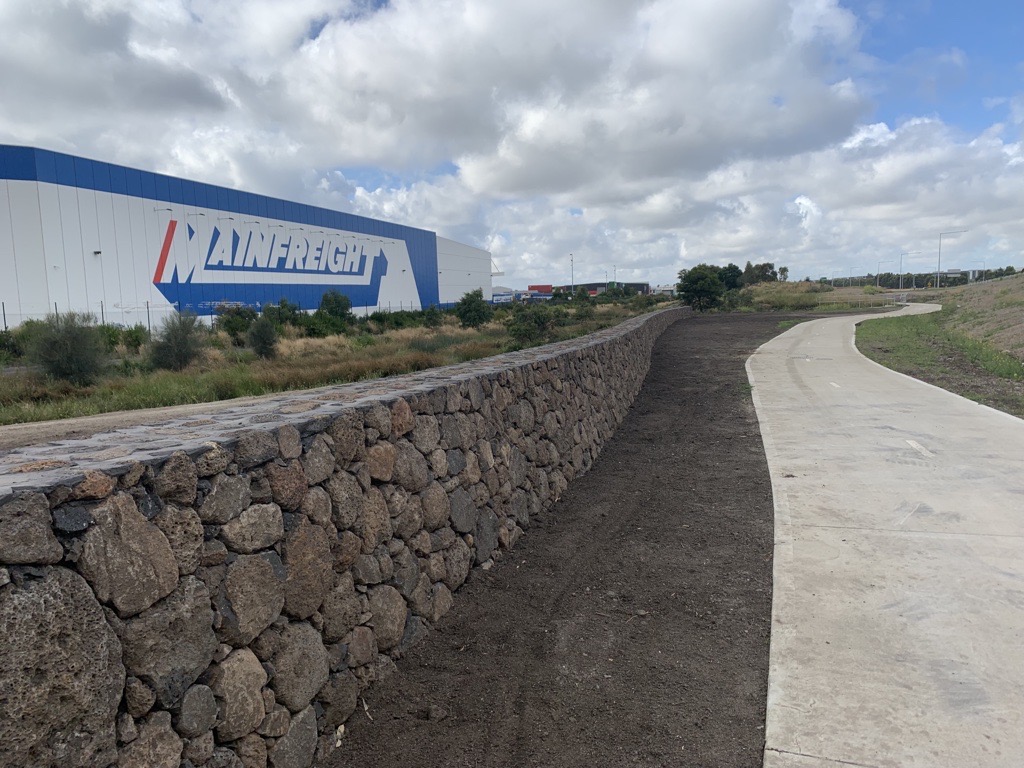Dry-stone walls which were used as property boundaries in the northern suburbs more than 150 years ago have been relocated and restored as part of the O’Herns Road upgrade.
The walls were built around 1852 and have distinct historical significance.
As part of the O’Herns Road project, the walls were relocated and restored to preserve the cultural heritage of the area.
Following a Historic Heritage Assessment of O’Herns Road in 2017, a dry-stone wall management plan was prepared by the state government to manage the dismantling of nine walls along the northern and southern boundaries of O’Herns Road in Epping.
This management plan involved archival recording of all the dry-stone walls within the site area to devise their removal and provide information on reconstruction.
The walls were surveyed and inspected and found to be in poor condition. A dry-stone wall specialist was engaged to relocate and reconstruct the structures during the second stage of the O’Herns Road Upgrade.
Thomastown MP Bronwyn Halfpenny said the O’Herns Road upgrade, which resulted in the opening of a Hume Freeway interchange last year- has benefited thousands of motorists in the north.
“While we’re continuing to build big for the future, we’re also extremely mindful of the need to preserve our past – that’s why we’ve since restored and relocated dry-stone walls found during the project’s construction – to ensure a unique part of Epping’s history is maintained for generations to come,” she said.







